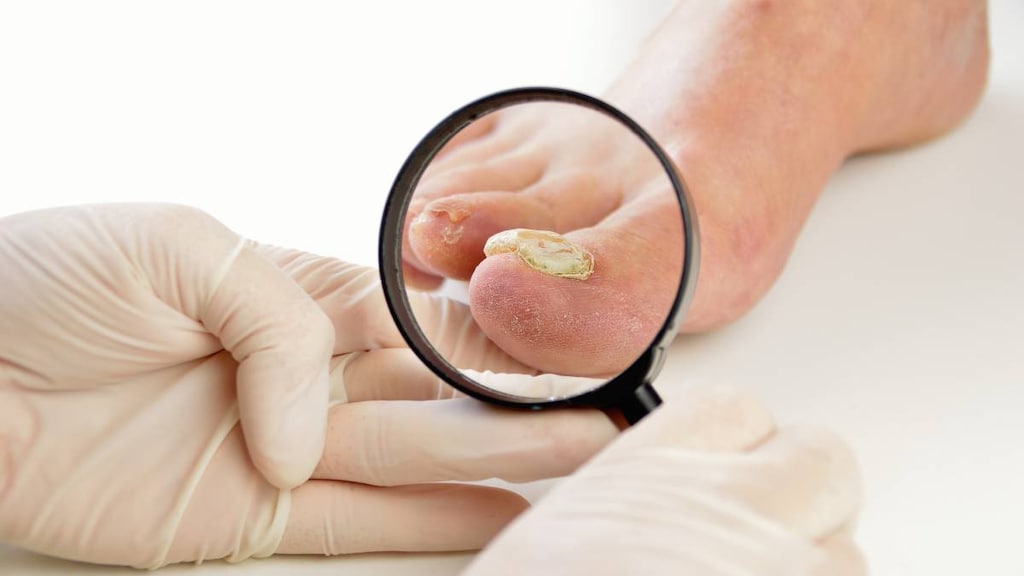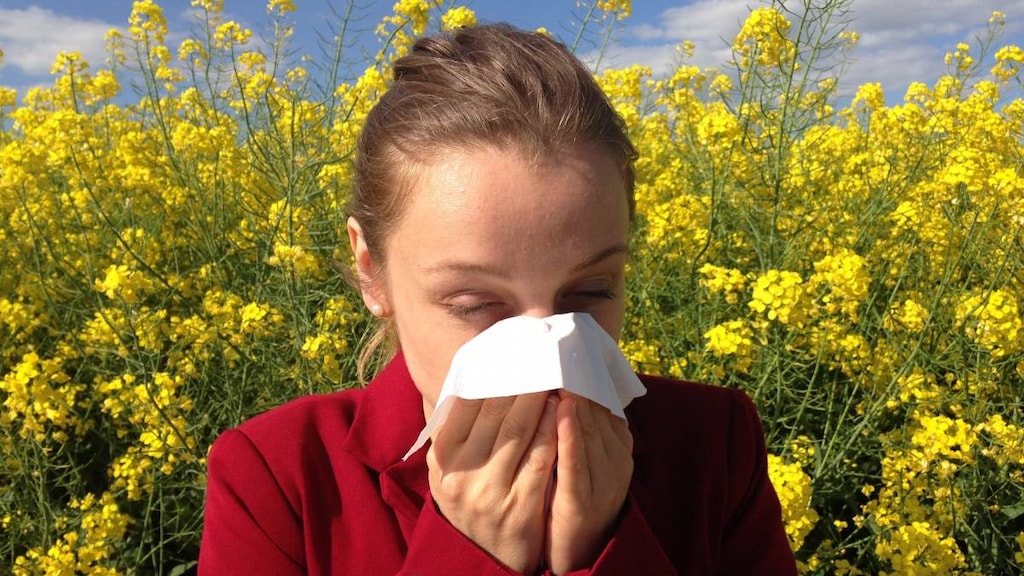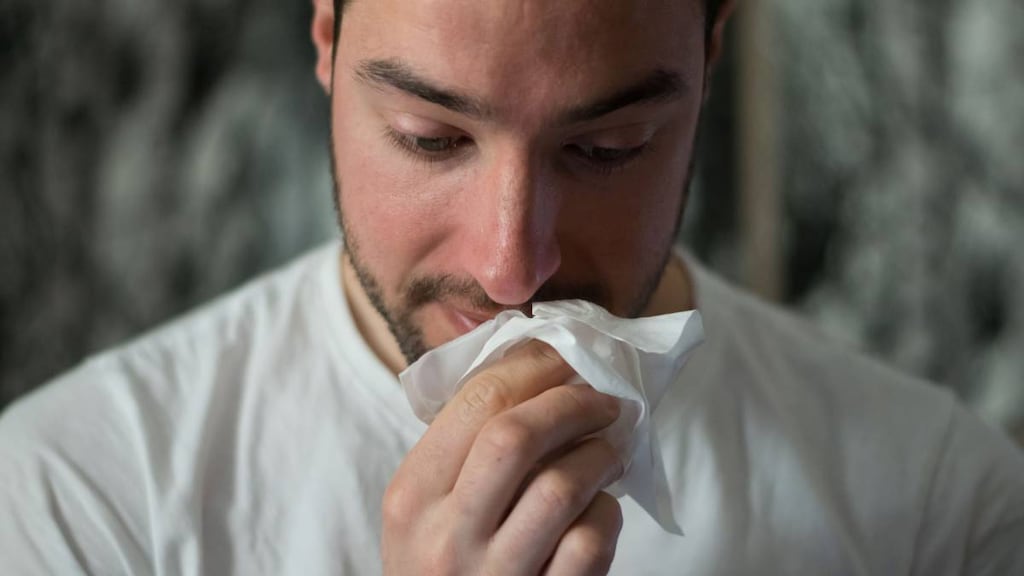Dosage Forms
Excipient information presented when available (limited, particularly for generics); consult specific product labeling. [DSC] = Discontinued product
Cream, External:
DesOwen: 0.05% (60 g)
Tridesilon: 0.05% (60 g) [contains cetyl alcohol, methylparaben]
Generic: 0.05% (15 g, 60 g)
Foam, External:
Verdeso: 0.05% (100 g) [contains cetyl alcohol, propylene glycol]
Gel, External:
Desonate: 0.05% (60 g) [contains edetate disodium dihydrate, methylparaben, propylene glycol, propylparaben]
Lotion, External:
DesOwen: 0.05% (59 mL [DSC], 118 mL [DSC]) [contains cetyl alcohol, edetate disodium, methylparaben, propylene glycol, propylparaben]
LoKara: 0.05% (59 mL [DSC], 118 mL [DSC])
Generic: 0.05% (59 mL, 118 mL)
Ointment, External:
Generic: 0.05% (15 g, 60 g)
Pharmacology
Mechanism of Action
Topical corticosteroids have anti-inflammatory, antipruritic, and vasoconstrictive properties. May depress the formation, release, and activity of endogenous chemical mediators of inflammation (kinins, histamine, liposomal enzymes, prostaglandins) through the induction of phospholipase A2 inhibitory proteins (lipocortins) and sequential inhibition of the release of arachidonic acid. Desonide has low range potency.
Pharmacokinetics/Pharmacodynamics
Absorption
Dependent on formulation, amount applied and nature of skin at application site; may be increased with inflammation or occlusion
Metabolism
Hepatic
Excretion
Primarily urine; bile
Use: Labeled Indications
Atopic dermatitis (foam and gel): Treatment of mild to moderate atopic dermatitis in patients 3 months and older
Corticosteroid-responsive dermatoses (cream, ointment, and lotion): Relief of inflammatory and pruritic manifestations of corticosteroid-responsive dermatoses.
Contraindications
Hypersensitivity to desonide or any component of the formulation.
Verdeso: There are no contraindications listed in the manufacturer's labeling.
Documentation of allergenic cross-reactivity corticosteroids is limited. However, because of similarities in chemical structure and/or pharmacologic actions, the possibility of cross-sensitivity cannot be ruled out with certainty.
Dosage and Administration
Dosing: Adult
Atopic dermatitis: Topical: Foam, gel: Apply 2 times daily sparingly. Therapy should be discontinued when control is achieved. If no improvement is seen within 4 weeks, reassessment of diagnosis may be necessary; treatment should not exceed 4 consecutive weeks.
Corticosteroid-responsive dermatoses: Topical: Cream, ointment, lotion: Apply to the affected area(s) sparingly 2 or 3 times daily (lotion) or 2 to 4 times daily (cream, ointment). Therapy should be discontinued when control is achieved. If no improvement is seen within 2 weeks, reassessment of diagnosis may be necessary.
Dosing: Geriatric
Refer to adult dosing.
Dosing: Pediatric
Atopic dermatitis: Infants ≥3 months, Children, and Adolescents: Foam, gel: Refer to adult dosing.
Administration
For topical use only; not for oral, ophthalmic, or intravaginal use. For use on the face, dispense desonide in hands and gently massage into affected areas of the face; for areas other than the face, desonide may be dispensed directly on the affected area. Wash hands after use (unless hands are part of the treatment area). Do not use on open wounds; apply sparingly using smallest amount needed to adequately cover the affected area. Use of occlusive dressings is not recommended; do not use in the treatment of diaper dermatitis. Avoid contact with eyes or other mucous membranes.
Foam, lotion: Shake well before use. Dispense by inverting can upside down (upright actuation will cause loss of propellant). Foam is flammable; patients should not smoke during or immediately following application.
Gel: Should not be used on the underarm or groin areas of pediatric patients.
Storage
Cream, lotion, ointment: Store between 2°C and 30°C (36°F and 86°F). Store Tridesilon cream at 20°C to 25°C (68°F to 77°F).
Foam: Store between 20°C and 25°C (68°F and 77°F); excursions are permitted between 15°C and 30°C (59°F and 86°F). Foam is flammable; keep away from excessive heat (eg, temperatures >49°C [120°F], fire or flames. Do not puncture or incinerate container.
Gel: Store at 25°C (77°F); excursions are permitted between 15°C and 30°C (59°F and 86°F).
Drug Interactions
Ritodrine: Corticosteroids may enhance the adverse/toxic effect of Ritodrine. Monitor therapy
Adverse Reactions
1% to 10%:
Cardiovascular: Increased blood pressure (2%)
Central nervous system: Headache (2%), irritability (1%)
Dermatologic: Stinging of the skin (≤3%), atopic dermatitis (<2%; exacerbation), contact dermatitis (<2%), exfoliation of skin (<2%), pruritus (<2%), skin irritation (<2%), xeroderma (<2%), skin rash (≤1%)
Endocrine & metabolic: Hyperglycemia (2%), HPA-axis suppression (more common in pediatric patients)
Hepatic: Abnormal liver function (1%)
Infection: Viral infection (2%)
Local: Application site reaction (1% to 6%), application site burning (≤3%), application site atrophy (1%)
Respiratory: Upper respiratory tract infection (10%), cough (4%), asthma (1%), pharyngitis (1%)
<1%, postmarketing, and/or case reports: Application site erythema, application site induration, application site irritation, application-site pruritus, dermatological reaction, diaphoresis, erythema of skin, facial swelling, folliculitis, oily skin, pain, peripheral edema, pustular rash
Warnings/Precautions
Concerns related to adverse effects:
- Adrenal suppression: May cause hypercortisolism or suppression of hypothalamic-pituitary-adrenal (HPA) axis, particularly in younger children or in patients receiving high doses for prolonged periods. HPA axis suppression may lead to adrenal crisis.
- Contact dermatitis: Allergic contact dermatitis can occur, it is usually diagnosed by failure to heal rather than clinical exacerbation; discontinue use if irritation occurs and treat appropriately.
- Kaposi sarcoma: Prolonged treatment with corticosteroids has been associated with the development of Kaposi sarcoma (case reports); if noted, discontinuation of therapy should be considered (Goedert 2002).
- Local effects: Local adverse reactions may occur (eg, skin atrophy, striae, telangiectasias, burning, itching, irritation, dryness, folliculitis, acneiform eruptions, hypopigmentation, perioral dermatitis, allergic contact dermatitis, secondary infection miliaria); may be irreversible. Local adverse reactions are more likely to occur with occlusive and/or prolonged use.
- Ocular effects: Topical corticosteroids, including desonide, may increase the risk of posterior subcapsular cataracts and glaucoma. Monitor for ocular symptoms. Avoid contact with eyes.
- Skin infections: Concomitant skin infections may be present or develop during therapy; discontinue if dermatological infection persists despite appropriate antimicrobial therapy.
- Systemic effects: Topical corticosteroids may be absorbed percutaneously. Absorption of topical corticosteroids may cause manifestations of Cushing syndrome, hyperglycemia, or glycosuria. Use of the foam for >4 weeks may suppress the immune system. Absorption of topical corticosteroids is increased by the use of occlusive dressings, application to denuded skin, or application to large surface areas.
Special populations:
- Pediatric: Children may absorb proportionally larger amounts after topical application and may be more prone to systemic effects. HPA axis suppression, intracranial hypertension, and Cushing's syndrome have been reported in children receiving topical corticosteroids. Prolonged use may affect growth velocity; growth should be routinely monitored in pediatric patients.
Dosage forms specific issues:
- Foam: Flammable; keep away from fire or flame. Instruct patients to avoid smoking during and immediately after application.
Other warnings/precautions:
- Appropriate use: Do not use if there is atrophy at the treatment site. Do not use with occlusive dressing.
Monitoring Parameters
HPA axis suppression (ACTH stimulation test, AM plasma cortisol test, urinary free cortisol test); signs of bacterial or fungal infection; ocular symptoms
Patient Education
What is this drug used for?
- It is used to treat skin rashes.
- It is used to treat skin irritation.
- It is used to treat eczema.
Frequently reported side effects of this drug
- Common cold symptoms
- Dry skin
- Burning
- Stinging
Other side effects of this drug: Talk with your doctor right away if you have any of these signs of:
- High blood sugar like confusion, fatigue, increased thirst, increased hunger, passing a lot of urine, flushing, fast breathing, or breath that smells like fruit
- Adrenal gland problems like severe nausea, vomiting, severe dizziness, passing out, muscle weakness, severe fatigue, mood changes, lack of appetite, or weight loss
- Cushing syndrome like weight gain in upper back or abdomen; moon face; severe headache; or slow healing
- Skin changes like acne, stretch marks, slow healing, or hair growth
- Vision changes
- Eye pain
- Severe eye irritation
- Skin irritation
- Skin discoloration
- Signs of a significant reaction like wheezing; chest tightness; fever; itching; bad cough; blue skin color; seizures; or swelling of face, lips, tongue, or throat.
Note: This is not a comprehensive list of all side effects. Talk to your doctor if you have questions.
Consumer Information Use and Disclaimer: This information should not be used to decide whether or not to take this medicine or any other medicine. Only the healthcare provider has the knowledge and training to decide which medicines are right for a specific patient. This information does not endorse any medicine as safe, effective, or approved for treating any patient or health condition. This is only a brief summary of general information about this medicine. It does NOT include all information about the possible uses, directions, warnings, precautions, interactions, adverse effects, or risks that may apply to this medicine. This information is not specific medical advice and does not replace information you receive from the healthcare provider. You must talk with the healthcare provider for complete information about the risks and benefits of using this medicine.




